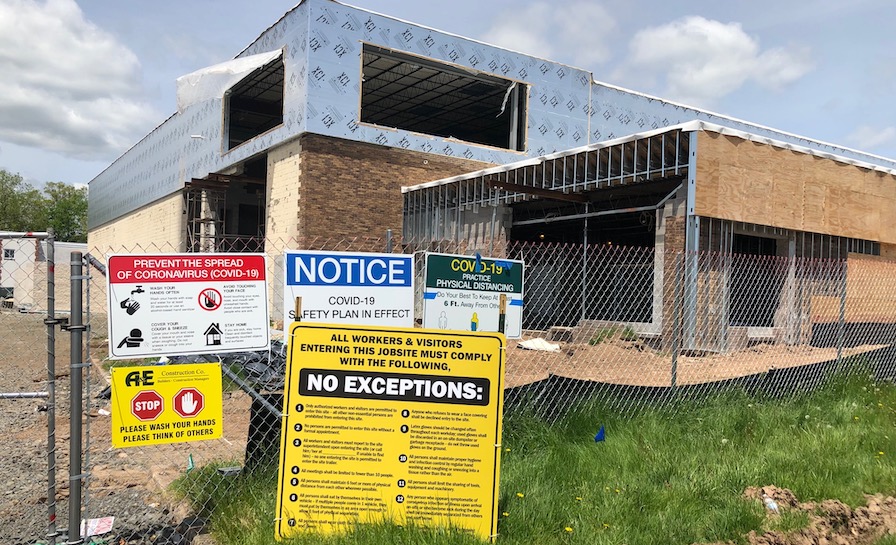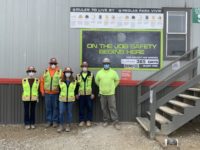The U.S. Occupational Safety and Health Administration has revised its guidance for determining whether confirmed cases of COVID-19 qualify as recordable illnesses. Issued May 19, the guidance provides detail to enforcement requirements released in mid-March that construction industry groups and others criticized as being impractical for linking employee exposure to the disease with workplace activities.
Citing the nature of the disease and ubiquity of community spread, “in many instances it remains difficult to determine whether a COVID-19 illness is work-related, especially when an employee has experienced potential exposure both in and out of the workplace,” the guidance says.
“The guidance emphasizes that employers make a reasonable effort to investigate how the employee contracted the illness, rather than just dismissing it as non-work-related.”
– Kevin Cannon, senior director of safety & health services, Associated General Contractors
For that reason, observes Kevin Cannon, senior director of safety & health services for the Associated General Contractors, “the guidance emphasizes that employers make a reasonable effort to investigate how the employee contracted the illness, rather than just dismissing it as non-work-related.”
There are several elements to the newly issued guidance.
In conducting the investigation, an employer should be careful to respect the employee’s privacy in discussing work and non-work activities that may have led to the COVID-19 illness.
The employer should review the employee's work environment for potential SARS-CoV-2 exposure. That includes noting any other instances of workers in that environment contracting COVID-19 illness.
While there is no specific formula for identifying whether a COVID-19 illness is considered recordable as defined by CFR1904.5, the guidance identifies certain types of evidence that might assist in making such a determination, in the absence of alternative explanations.
For example, OSHA says a COVID-19 illness is likely work-related when multiple cases of the disease develop among employees who work closely together, or if the employee has prolonged, close exposure to a customer or coworker with a confirmed case of COVID-19. Job duties that include frequent, close exposure to the general public in a locality with ongoing community transmission would also suggest a work-related illness.
Conversely, the agency considers a COVID-19 case likely not work-related if the employees has close and frequent association outside the workplace with a non-coworker (e.g., family member, significant other or close friend) who has the disease, and exposes the employee during the period in which he or she is likely infectious.
Reasonable and Good-Faith Effort
Should the employer’s reasonable and good-faith effort fail to determine whether it is more likely than not that workplace exposure played a causal role with respect to a particular case of COVID-19, the employer is not required to record the illness.
“As long as you follow the guidance for doing the investigation, you should be on solid ground,” AGC’s Cannon says.
Along with the new guidance, OSHA announced plans prioritize COVID-19 fatalities and imminent danger exposures for inspection in geographic areas experiencing either sustained elevated community transmission or a resurgence in community transmission. Particular attention for on-site inspections will be given to high-risk workplaces, as well as those with high numbers of complaints or known COVID-19 cases.
COVID-19 cases will remain a priority in areas where community spread has significantly decreased, using pre-pandemic inspection procedures.




